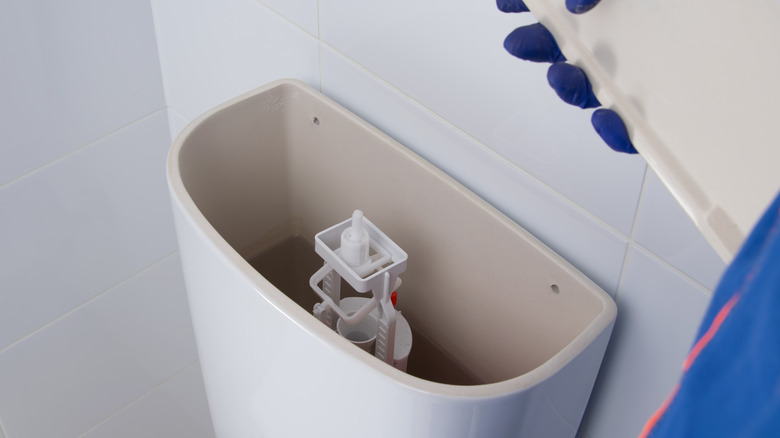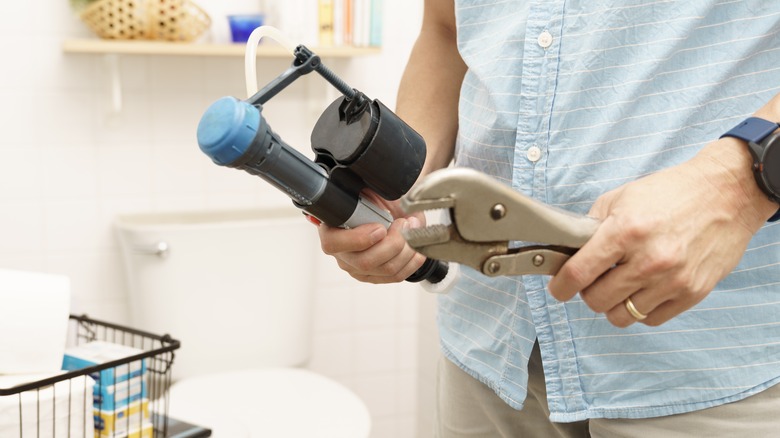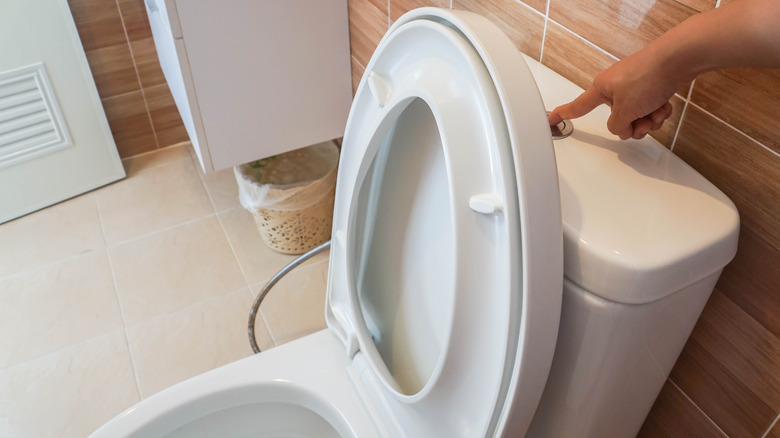Why Is Your Toilet Tank Filling Back Up To Inconsistent Levels?
It's easy to overlook the importance of a functioning toilet until the tank starts filling up to different levels, causing inconvenience and frustration. This is a common toilet issue that can also lead to poor flushing performance, water waste, and a higher utility bill. Since several factors can cause inconsistent filling, figuring out the root cause can help you determine the best way to fix it.
For instance, malfunctioning fill valves can lead to overfilling or inadequate filling. The flapper, which seals the flush valve, can also cause irregular filling if it doesn't close tightly or becomes worn out. An insufficient water supply or low water pressure, sometimes caused by leaks or clogs, may also be the culprit. Over time, the tank can also accumulate mineral deposits and debris that can obstruct proper function. By addressing these frequent causes, you can successfully troubleshoot the issue and resolve it on your own.
Resolving the issue
To identify the specific cause of the inconsistency, start by checking the fill valve for any signs of malfunction, such as odd noises. Also, inspect the valve for any damage or debris by turning off the water supply to the toilet, flushing the water, and taking a look inside the tank. You may need to repair, clean, or replace it if it's malfunctioning. Next, check the flapper for signs of wear and tear or misalignment. If it doesn't close tightly after each flush, water can leak, and the tank won't fill consistently. Try adjusting the chain length, cleaning the flapper, or replacing it if necessary.
Mineral deposits in the toilet tank can also interfere with the proper functioning of the fill valve and flapper. You can use vinegar to dissolve mineral deposits. Poor water flow or low water pressure can sometimes disrupt the filling process. If the other fixtures in your home have adequate water pressure, check the toilet for leaks. Put a few drops of food coloring in the tank water and leave it alone for half an hour. If the dye appears in the bowl, you're likely dealing with a leak.
Other considerations and precautions
Regular maintenance can help prevent inconsistent filling in the future. By inspecting your toilet tank components periodically and removing mineral deposits or debris, you can take a proactive approach to identify and correct potential problems before they worsen. When repairing or replacing components, it's important to use compatible parts suitable for your toilet model. You may also want to consider water conservation measures. For example, upgrading to a dual-flush system can help you save water and lower your utility bills over time.
While many toilet tank issues can be fixed with DIY troubleshooting and repairs, there are times when professional help is needed. If you're not sure what to do or if you've tried fixing the problem yourself without success, don't hesitate to reach out to a licensed plumber. They can provide expert solutions and help you get your toilet back in working order in no time.


